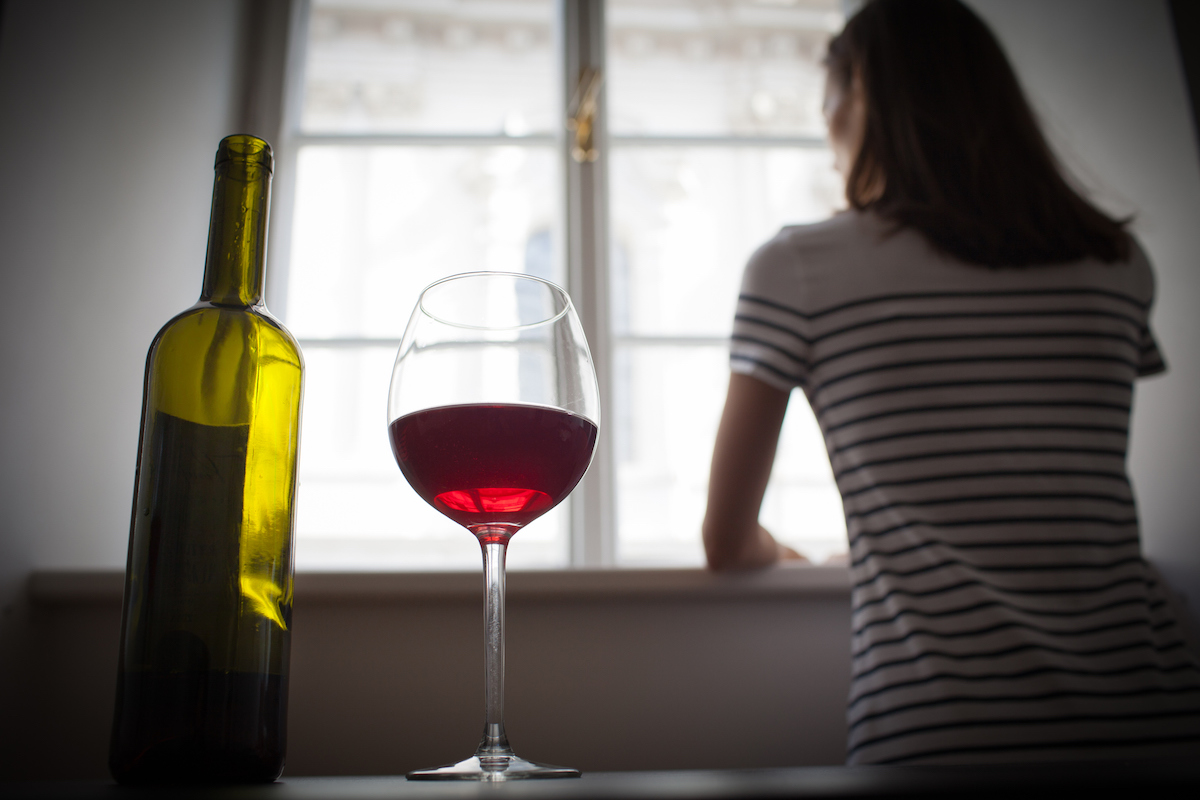<< Back
New Research Shows Alcohol Consumption Up 70 Percent Worldwide Since 1990

May 29, 2019
While the nation is focused on tackling the opioid crisis, researchers have identified a 70-percent increase in alcohol consumption since 1990.
Translated into liquid, the amount drunk climbed from 20,999 million liters (5,547 million gallons) to 35,676 million liters (9,425 million gallons) per year.
“These numbers are staggering, and remind us that it’s important not to lose focus on legal addictive substances,” said Dr. J. Craig Allen, medical director of Rushford and vice president of addiction services for Hartford HealthCare’s Behavioral Health Network. “Alcohol and tobacco products addict and kill many more people a year than opiates.
“And, with alcohol, its use has been sewn into the fabric of our culture. The overt and covert messages encouraging and condoning its use is evident by the 70 percent who reported that they drank in the last year, and 60 percent who reported drinking within the past month.”
A study published in The Lancet examined alcohol consumption per capita from 1990 to 2017, looking at 189 countries, including the United States. The authors then projected expected rates out to 2030.
Before 1990, the study noted that alcohol was most often consumed in high-income countries. The highest alcohol use was recorded in Europe. The pattern has shifted since, with a 12-percent reduction in alcohol use in eastern Europe and a dramatic, 34-percent increase in middle-income countries like China, India and Vietnam. By 2030, the researchers predicted the Europe will no longer have the world’s highest level of alcohol use.
There was also an increase in alcohol consumption in the United States over that timeframe, although moderate.
“If per person alcohol consumption increases as it is projected to do in this study, more people will transition from recreational and risk alcohol use to alcohol use disorders (AUD),” Dr. Allen noted. “It will be more important than ever to educate and advocate around prevention, identification and treatment options for AUD.”
Rushford has been progressive with its programming for alcoholics, offering the help of its Medication Assisted Treatment Close to Home (MATCH) in 14 communities across the state, including a telehealth video conferencing option for those living far from a treatment site.
“MATCH provides the therapy, access to medication and supports people need to manage their addiction and get into recovery,” Dr. Allen said.
For more information about MATCH, go to www.hhcbehavioralhealth.org/match.